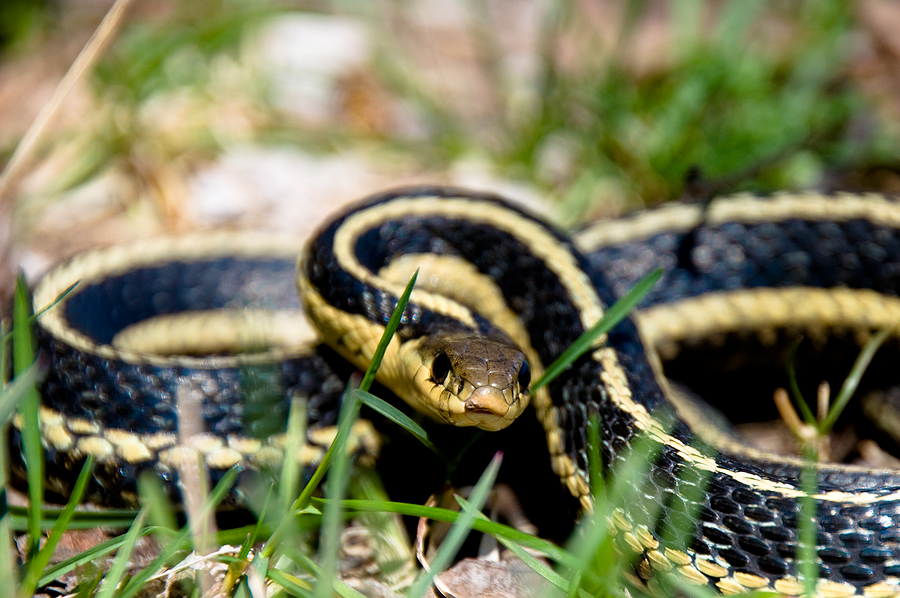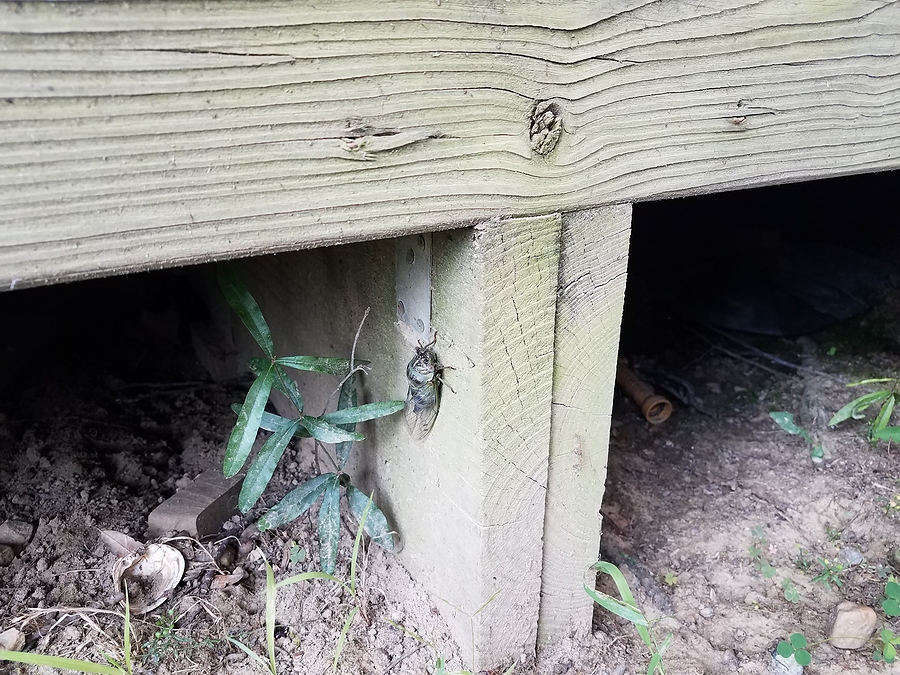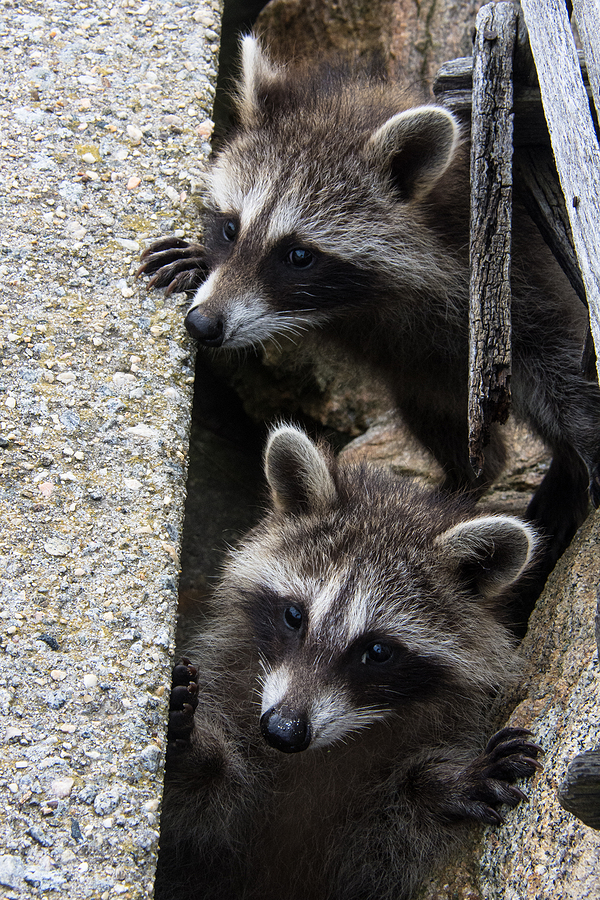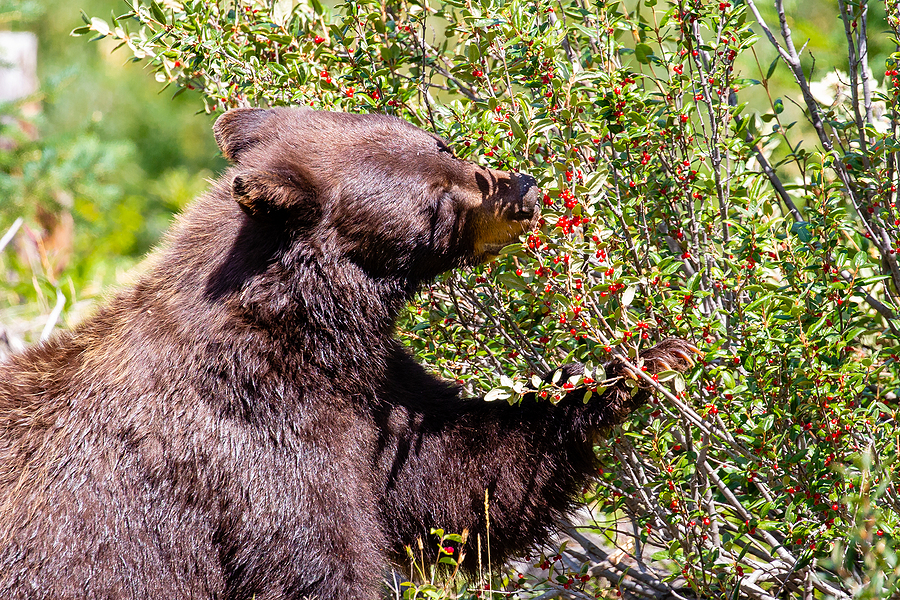Living alongside Virginia’s diverse wildlife population can be both rewarding and challenging. While spotting a raccoon family or observing bats at dusk brings natural wonder to our daily lives, these encounters also carry hidden health risks that every homeowner should understand. Virginia’s forests, suburbs, and urban areas host numerous species that can transmit serious diseases to humans and pets.
The Virginia Department of Health reports an average of 150-200 confirmed rabies cases annually, with incidents of animal bites reaching approximately 5,000 per year. These statistics highlight a critical reality: transmissible diseases from nuisance wildlife pose genuine threats to public health across the Commonwealth.
Understanding which animals carry these diseases, how transmission occurs, and what prevention measures work best empowers you to protect your family while respecting Virginia’s natural ecosystem. This comprehensive guide explores the most common transmissible diseases associated with Virginia wildlife and provides actionable strategies for safe coexistence.
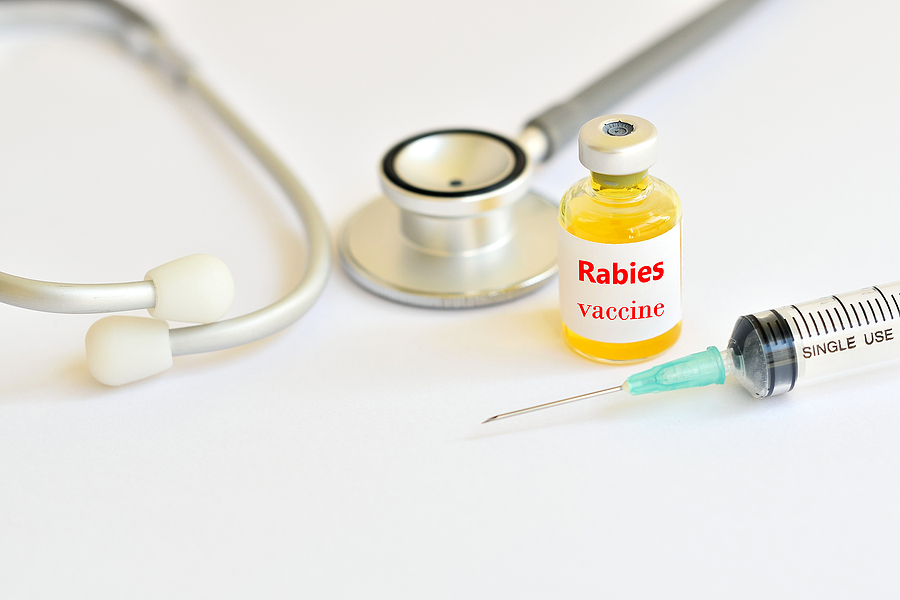
Common Nuisance Wildlife in Virginia
Virginia’s diverse habitats support numerous wildlife species that frequently interact with human populations. These animals often seek shelter, food, and water sources around residential properties, creating opportunities for disease transmission.
Raccoons top the list of nuisance wildlife in Virginia. These intelligent mammals thrive in both urban and rural environments, often establishing dens in attics, chimneys, or under porches. Raccoons are opportunistic feeders, frequently raiding garbage cans and pet food left outdoors. Their dexterous paws and problem-solving abilities make them particularly persistent when accessing human-provided food sources.
Bats represent another significant concern for Virginia homeowners. The state hosts sixteen bat species, with little brown bats and big brown bats commonly roosting in buildings. While bats provide valuable pest control services, their presence in homes creates potential health hazards.
Squirrels, including gray squirrels and flying squirrels, frequently invade attics and crawl spaces. These rodents can cause structural damage while establishing nesting sites and may carry various diseases transmissible to humans.
Skunks often den under decks, sheds, or porches, particularly during breeding season. Beyond their notorious defensive spray, skunks can transmit serious diseases through bites or scratches.
Foxes occasionally venture into suburban areas, especially during winter months when natural food sources become scarce. Red foxes and gray foxes both inhabit Virginia and can carry multiple transmissible diseases.
Opossums frequently shelter in residential areas, taking advantage of available food sources and nesting opportunities. North America’s only native marsupial, opossums are surprisingly resistant to many diseases but can still pose health risks.
Transmissible Diseases from Virginia Wildlife
Rabies
Rabies represents the most serious viral disease transmitted by Virginia wildlife. This fatal neurological condition affects the central nervous system of mammals, causing behavioral changes, paralysis, and ultimately death if left untreated.
Raccoons account for approximately 40% of confirmed rabies cases in Virginia, making them the primary concern for homeowners (Virginia Department of Health, 2023). Infected raccoons may appear disoriented, aggressive, or unusually docile. They might venture out during daylight hours, a behavior that typically indicates illness in these normally nocturnal animals.
Bats also carry rabies, though their small teeth can create nearly invisible puncture wounds. Any direct contact with bats should be treated as potential rabies exposure, especially if the bat was found indoors or seemed unable to fly normally.
Foxes represent another significant rabies vector in Virginia. Infected foxes may lose their natural fear of humans and approach residential areas during daylight hours.
Prevention measures include maintaining distance from all wild animals, securing garbage containers, and ensuring pets receive regular rabies vaccinations. If bitten or scratched by any wild animal, immediately wash the wound thoroughly with soap and water, apply antiseptic, and seek medical attention promptly.
Leptospirosis
Leptospirosis cases in Virginia have increased substantially over the last five years, primarily linked to contaminated water sources near wildlife habitats. This bacterial infection spreads through contact with urine from infected animals, particularly rodents.
Squirrels, rats, and other rodents shed leptospirosis bacteria in their urine, contaminating soil and water sources. Humans can contract the disease through contact with contaminated water, soil, or surfaces, especially if they have open cuts or wounds.
Early symptoms resemble flu-like illness, including fever, headache, muscle aches, and nausea. Without treatment, leptospirosis can progress to kidney damage, liver failure, or meningitis.
Prevention strategies include wearing protective clothing when cleaning areas where rodents may have been present, avoiding contact with potentially contaminated water, and maintaining proper hygiene after any outdoor activities.
Raccoon Roundworm
Raccoon roundworm (Baylisascaris procyonis) poses a particularly dangerous threat to human health. Raccoons shed millions of roundworm eggs in their feces, which remain infectious in soil for years.
Humans typically contract raccoon roundworm by accidentally ingesting contaminated soil, water, or objects. Children face higher risks due to their tendency to put hands and objects in their mouths during outdoor play.
This parasitic infection can cause severe neurological damage, including vision loss, brain damage, and even death. Early symptoms may include nausea, fatigue, and coordination problems.
Prevention requires avoiding areas with heavy raccoon activity, never attempting to clean raccoon latrines without professional help, and teaching children proper hand hygiene after outdoor activities.
Tularemia
Tularemia, also known as rabbit fever, spreads through contact with infected rabbits, rodents, and ticks. Virginia’s diverse small mammal population creates multiple transmission pathways for this bacterial infection.
Humans can contract tularemia through direct contact with infected animals, tick bites, or inhalation of contaminated dust. The disease manifests in several forms, with symptoms ranging from skin ulcers to pneumonia-like respiratory illness.
Prevention involves wearing gloves when handling any dead animals, using insect repellent to prevent tick bites, and avoiding areas with obviously sick or dead wildlife.
Schedule a Wildlife Control Inspection Today! ✏
Preventative Measures for Wildlife Disease Control
Effective wildlife control begins with making your property less attractive to nuisance animals. Here are some pointers you can use:
Remove food sources by securing garbage containers with tight-fitting lids and avoiding feeding pets outdoors. Clean up fallen fruit from trees and maintain bird feeders properly to prevent spillage.
Seal potential entry points around your home’s foundation, roof line, and utility connections. Install chimney caps and repair damaged screens or vents that could provide access to attics or crawl spaces.
Maintain your landscape to reduce wildlife habitat opportunities. Trim tree branches away from rooflines, remove brush piles, and eliminate standing water sources that attract animals seeking hydration.
Pet vaccination schedules should remain current, particularly for rabies. Keep cats indoors and supervise dogs during outdoor activities, especially in areas with known wildlife activity.
Professional wildlife removal services provide safe, humane solutions when animals establish residence on your property. Attempting DIY wildlife removal often increases disease exposure risks and may violate local wildlife protection regulations.
What to Do If Exposed
Immediate action following potential wildlife disease exposure can prevent serious health consequences. Here’s what to do if it happens:
1. Clean any bite or scratch wounds thoroughly with soap and water, apply antiseptic, and seek medical evaluation promptly.
2. Contact your healthcare provider immediately after any direct contact with wild animals, even if no obvious injury occurred. Rabies exposure, in particular, requires prompt post-exposure prophylaxis to prevent fatal outcomes.
3. Report wildlife encounters involving potentially rabid animals to local health authorities. Virginia’s Department of Health maintains surveillance programs that track disease outbreaks and coordinate public health responses.
4. Document the incident with photographs if safely possible, noting the animal’s behavior, location, and time of encounter. This information helps health officials assess exposure risks and determine appropriate treatment protocols.
Distemper Outbreaks and Wildlife Populations
Distemper outbreaks occur in Virginia’s raccoon and fox populations every 3-5 years, affecting up to 30% of local populations during peak outbreak periods. While distemper doesn’t directly transmit to humans, infected animals exhibit erratic behavior that increases bite risks.
Animals suffering from distemper may appear disoriented, unusually aggressive, or surprisingly docile. These behavioral changes often bring infected wildlife into closer contact with humans and pets, creating opportunities for other disease transmission.
Lyme Disease and Wildlife Connections
Virginia reports approximately 1,000-1,200 confirmed Lyme disease cases annually. While primarily tick-borne, Lyme disease has indirect connections to wildlife through the animals that serve as tick hosts.
Deer, mice, and other small mammals support tick populations that spread Lyme disease bacteria. Wildlife management around residential properties can help reduce tick habitat and lower disease transmission risks.
In Summary
Understanding transmissible diseases among Virginia’s nuisance wildlife empowers homeowners to make informed decisions about property management and family safety. The statistics speak clearly: with 150-200 rabies cases annually and 5,000 animal bite incidents reported each year, professional wildlife control services provide essential protection.
Effective prevention combines landscape management, proper sanitation, and prompt professional intervention when wildlife problems arise. Rather than risking disease exposure through DIY approaches, partnering with experienced wildlife control professionals ensures safe, humane, and legal resolution of nuisance animal issues.
The key to successful coexistence with Virginia’s wildlife lies in maintaining respectful distance while implementing proven prevention strategies. Your family’s health and safety depend on taking these transmissible disease risks seriously and responding appropriately when wildlife conflicts arise.
Schedule your wildlife inspection today to identify potential risks and implement effective prevention measures before problems develop. Professional assessment provides peace of mind while protecting your family from the serious health threats associated with nuisance wildlife exposure.
Call Now to Inquire About Service
Related Post: How to Recognize the Signs of a Rabid Animal in Virginia

